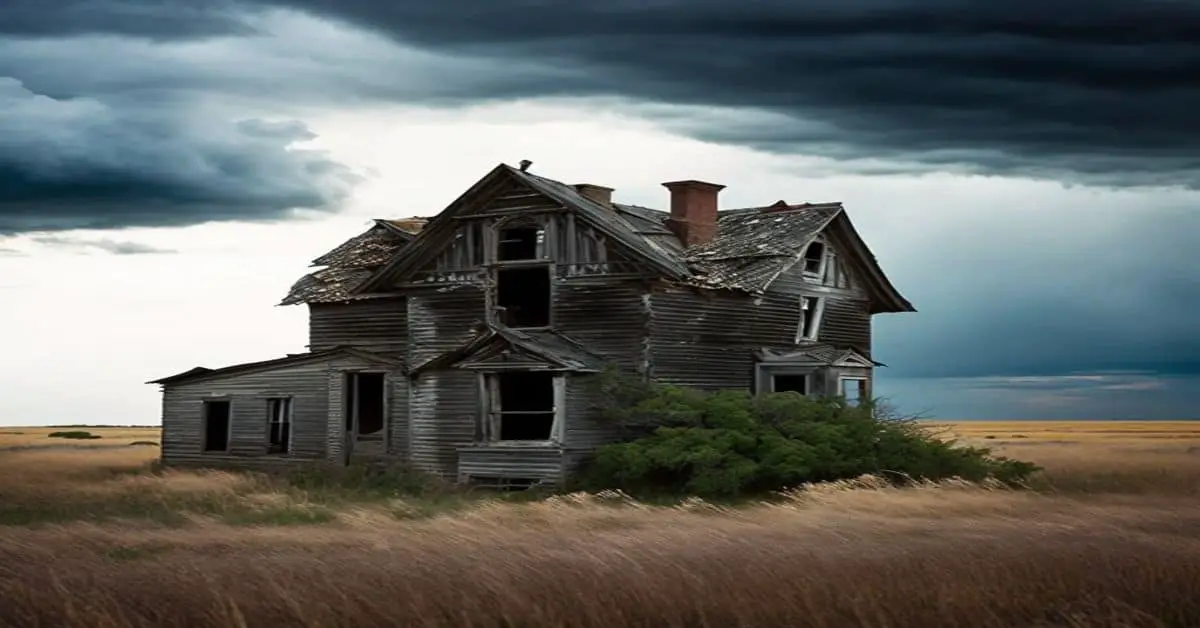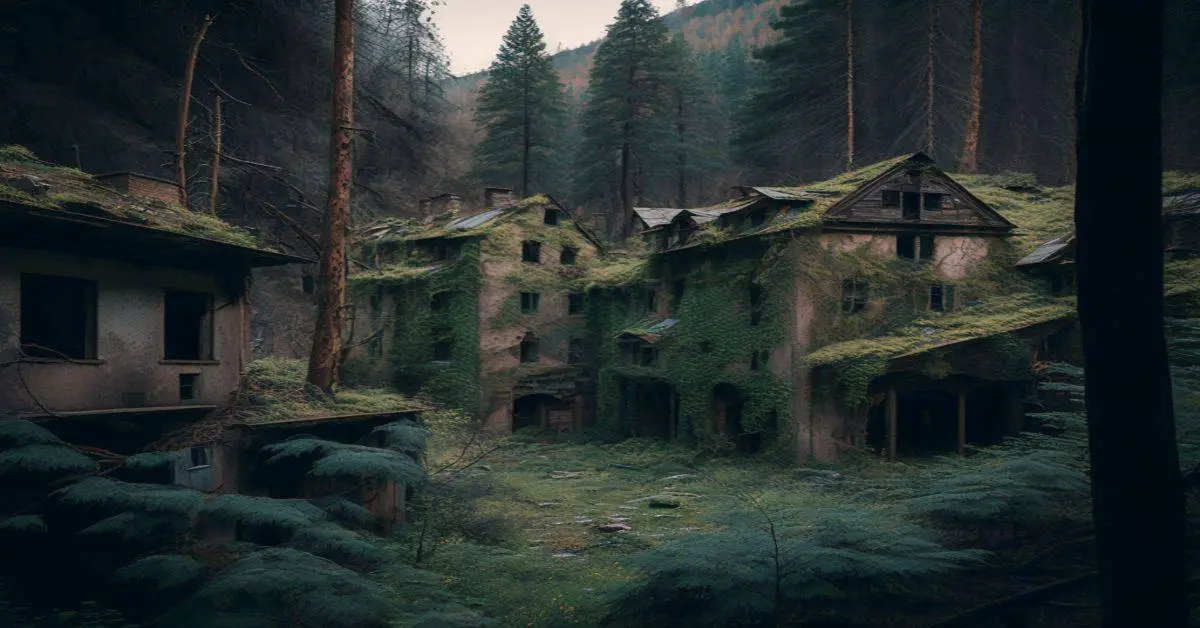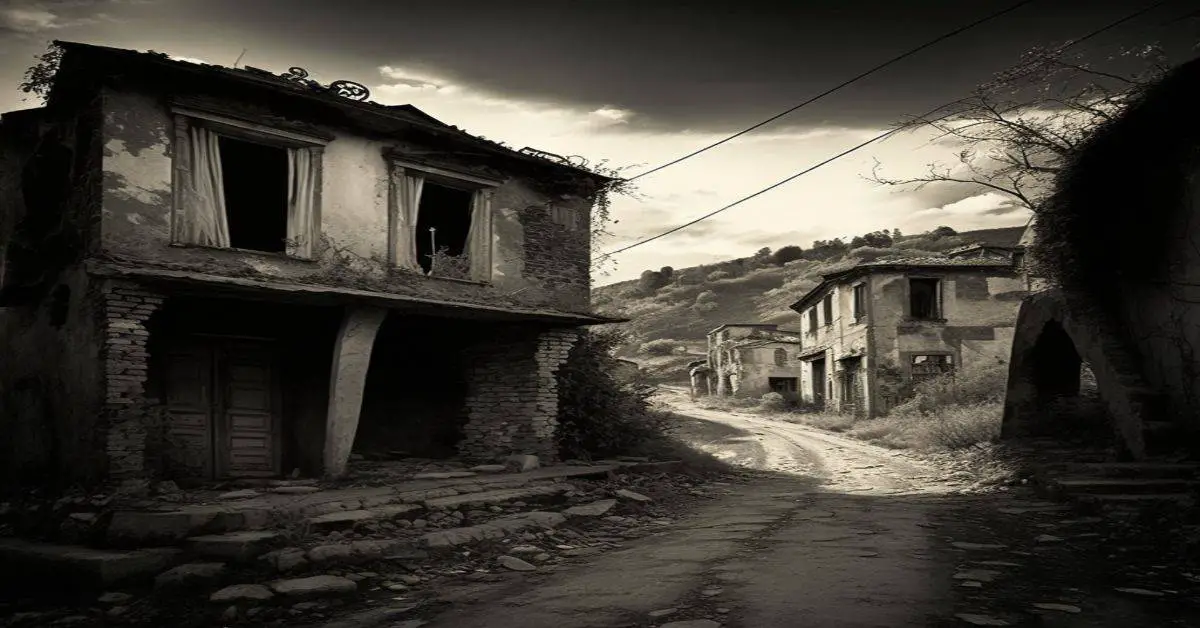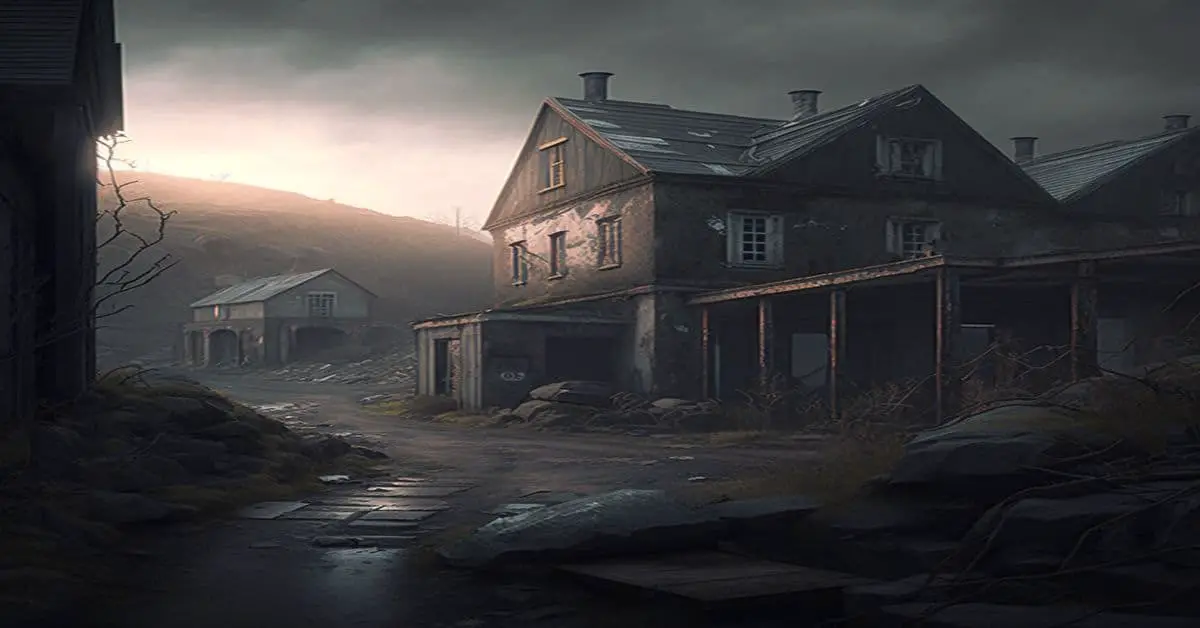Abandoned towns are full of history and located on stunning public land. Some may be too far away to reach. Still, they hold a special place in people’s hearts because these abandoned places offer such creativity for exploration with their old buildings that still stand as spikes sticking up from the ground like broken bones; it could make you feel like your own Indiana Jones!
This passage talks about some exciting topics – especially when discussing why we love visiting ghost cities so much despite knowing there’s no real treasure left behind (only memories).
There is a certain thrill in exploring these ghost towns, where life still thrives. Whether by foot or boat and with your own two hands (or feet), there are many routes you can take for this adventure into the unknown – all of which will lead to some genuinely spine-tingling discoveries!
Animas Forks, Colorado
Animas Forks is a fascinating ghost town that was established in the mid-1870s. The area’s high elevational prowess made it one of America’s highest towns at 11,200 feet above sea level! By 1885 450 people were living here, and by 1890 they had their newspaper with what would become known as “the highest printing press” near this location – which also happened to be on ancient Native American land given rights by treaty centuries before European settlers arrived. Today you can visit Animas for yourself when driving through Colorado along a backcountry byway if you are looking for land adventure from moderate hiking.
The long, challenging route to the top of Colorado’s mountains is worth it when you reach 12,600 feet. Two passes have tall peaks at these elevations—Cinnamon Pass and Engineer Pass (the latter being closer). If accessing this area from a different direction sounds better for your tires or vehicle type, then take note because there isn’t much rough terrain on unpaved roads like those found near Silverton; however, they get pretty steep towards its end.
Old Cahawba Archeological Park, Alabama
The ruins of Old Cahawba are a part of Alabama’s Black Belt region, the first state capital and home to multiple Southeastern Indigenous tribes in centuries past. It became an abandoned town during slavery after being used as a prison for Union soldiers or Confederate prisoners of war before being left far behind by reconstruction when freed slaves moved into these villages called “The Body.”
Today visitors can walk through what remains from this grid city lined with dense foliage instead buildings; chances are you’ll find some animal prints along your stroll!
The Cahaba River is a gorgeous three-mile paddling trip that allows you to experience nature at its finest! Along the way, explore this historic park and learn about Alabama’s history from both before & after slavery. Two canoe ramps are available for those who would like less distance or more adventure, each with rental outfitters nearby, so visitors don’t have a far search for themselves.
Kirwin, Wyoming
Kirwin, in the heart of Montana’s Absaroka Mountains, is a ghost town that was once bustling with activity. Gold was discovered here when people thought there could be enough for them all! In February 1907, an avalanche swept through town after nine days filled up with snowfall during her stay; three lives were lost, including one very famous person-Amelia Earhart who disappeared while flying over this area years later.
What did you get when the world’s most famous explorer, aviator, and author lived in a cabin without electricity? The answer may surprise some people. But if they live on this rugged stretch of road between Cody, Wyoming, and Kirwin, there are plenty more mysteries waiting for them! Drive-up along Wood River towards old ruins upstream where legend says Amelia Earhart spent her final days before disappearing forever during an attempted flight around typing globe.
Paria Townsite, Utah
The winding dirt roads that lead to Paria Townsite in Grand Staircase-Escalante National Monument are eerily silent, save for the soft sound of gravel beneath your feet. The sun has yet set, and you can see for miles around; this vast stretch will be inhabited by nothing but silence until morning breaks once more, with only nature’s alarms ringing out across these wastes – crows screeching at something on a ridge far above us while buzzards lumbering between formations trying desperately not get eaten whole by jackals or lost among their kind somewhere down below.
Hiking through the surreal landscape of red rock, with layers upon elegant layers impossibly overtaking one another, is what makes up Old Paria. You can take two routes – either via Paria River Valley Scenic Backway (a rough dirt road leading north from US-89 at milepost 31) or walk along sandy trails and cross over rivers while experiencing its beauty.
The Paria Box trail is a partially wet hike through the box canyon, requiring stream crossings and hiking shallows for about two miles to ruins. The route can be accessed via Cottonwood Canyon Road, which runs from US-89 near Grosvenor Arch down into it as an unpaved scenic backway before finally ending up at mile marker 34 along Utah State Highway 12, where you will find signs directing visitors towards their destination! This site has been sensitively preserved, so please limit your steps on this path; besides that, nothing I need to say here since all information was clearly outlined within.
Buffalo National River, Arkansas
Buffalo River National Park Service Area is great for exploring the old west. You can find abandoned cabins, frontier-era settlement sites, and even some gold in this part of Arkansas! The 150-mile-long river has plenty for visitors – whether they’re looking into its mysteries or just wanting an adventure on horseback with their loved ones at sunset over timber-framed hillsides where Minnies play among wildlife abundance. At the same time, folks enjoy nature’s beauty from camping trips alongside riverside forests.
Rovers will discover how beautiful these lands were before construction transformed them forever.
The canoe trip upriver from Rush Landing is a perfect way to enjoy the scenic beauty of this area. The 7-mile stretch has tall bluffs and a gentle river current, making it easy for beginners and experienced paddlers! If you want more adventure, though, there’s also an option 23-mile run through Lower Buffalo Wilderness, where one might encounter some larger Class I & II rapids on their journey towards the lower Boxley Valley historic district, which preserves structures dating back 1870’s – 1930′.
The Ponca Wilderness is a great place to run if you want some secluded trails. The Buffalo River offers 10 miles of Class II rapids with gorgeous views along the way, and there’s also an overlook at Hemmed-in Hollow Falls that makes it worth your time!
The beautiful and adventurous Buffalo River is a must-see for any nature lover. The 10-mile stretch between Ponca Landing to Kyles Landing offers you the chance not only to see some incredible views but also to get an understanding of how Native Americans traveled through this area centuries ago with their wigwams!
Several outfitters provide rental equipment and shuttle services so visitors can enjoy all aspects of outdoor exploration without worrying about finding transportation themselves or dealing with weather conditions outside.



